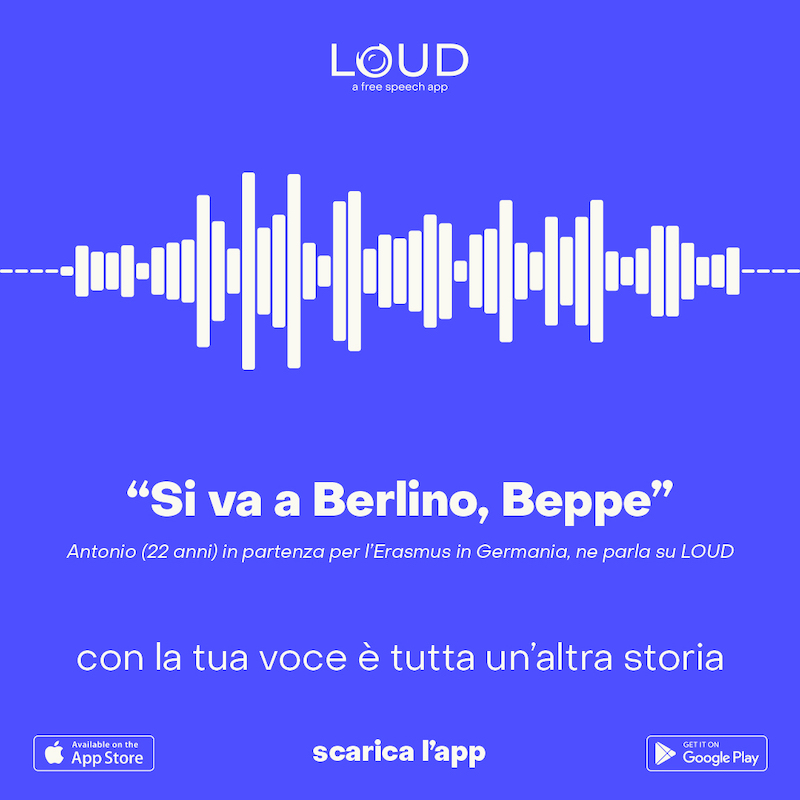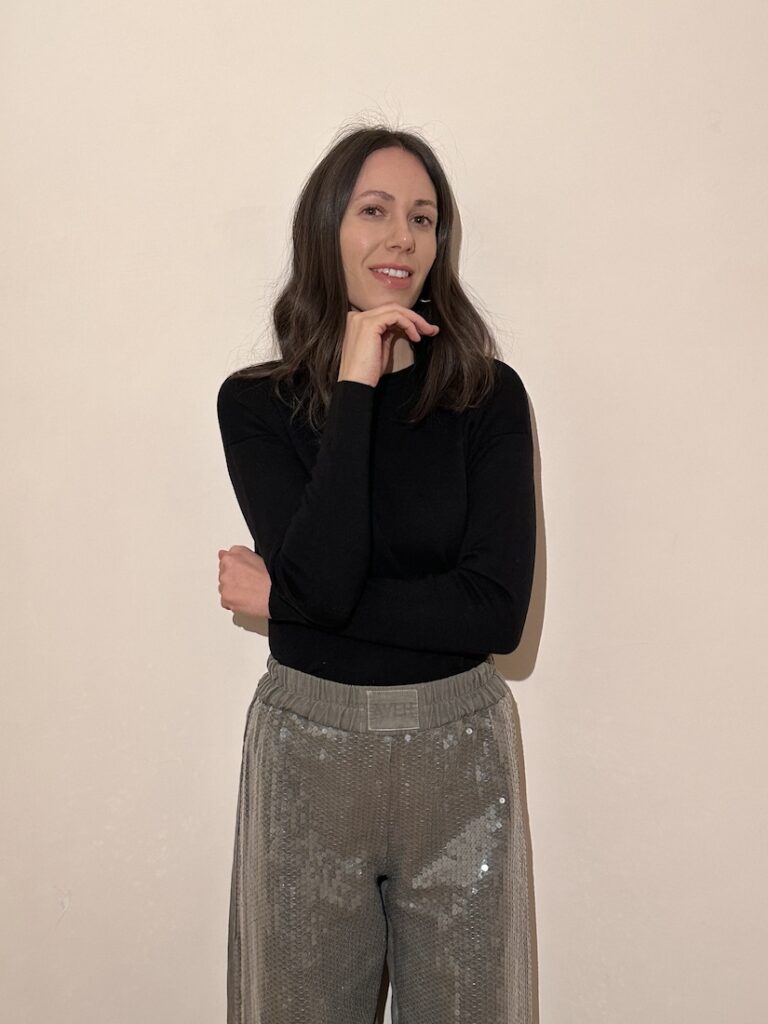Every global phenomenon, in addition to attracting large numbers of consumers or users, also arouses opposite reactions, almost of rejection.
For example, it is true that the increasingly flamboyant social networks continue to evolve: until a few years ago, for example, the idea that Instagram and TikTok could also act as alternative channels on which to find information on politics, the economy and culture was unthinkable .
But on the other hand social networks themselves have led many users, perhaps due to saturation, to rediscover audio. Think of the numbers of podcasting and radio, slowly but steadily increasing.
Or think of the fact that an increasingly exaggerated use of beautifying filters has produced not only what is called digital narcissism. But also real phenomena of collective reaction, such as the #nomakeup movement.

How LOUD was born
And in a way it is precisely as a reaction to digital narcissism that LOUD, the Italian social network based on vocal messages, was born. Or, as it calls itself, “the first collaborative podcasting app”.
We chatted with Alessandra Faustini, who founded the LOUD social network, and whose details she revealed to us.
First, the genesis. We were in the first lockdown, and Alessandra Faustini realized firsthand that the playful attitude of retouching her images on Instagram was taking on the contours of her obsession.
By comparing themselves with other peers, and reading studies that showed the psychological consequences (not very happy) of overexposure to social media, the future founder of LOUD thought about what could be a new, more essential and less invasive way of using social platforms.
What is social LOUD
Alessandra Faustini’s idea was to focus on an innovative, simple and horizontal product. And that she accompanied users in their daily lives, without invading them.
This is when the LOUD social network began to take shape, the peculiarity of which is to be based on audio messages.
Nothing original, readers will say: there was already Clubhouse.
Not really, because Clubhouse is a hierarchical app, made up of rooms in which the virtual owner decides who to host.
LOUD instead is the “first collaborative podcasting app”, not only because it involves the use of voice messages only. But also because whoever initiates a conversation has no ownership or veto power or tools more than whoever will continue the conversation.
 Alessandra Faustini
Alessandra Faustini
How social LOUD works
Alessandra Faustini then explained to us how the app works.
which presents three sections: the profile, the home-feed and the possibility of searching for conversations by hashtag.
The feed is then divided into Followed and New Accounts. Another difference compared to the canonical social networks, which propose more or less appropriate topics based on the tantrums of the algorithm, in Followed accounts the profiles are shown only in chronological order.
But how does social LOUD work?
First of all, each user registers by indicating a nickname, inserting an image and – first novelty – a brief autobiographical note in the form of a voice message.
Ed the vocal message is LOUD’s communication tool. First of all, each message (which in the case of the LOUD app is called loud) cannot be longer than a minute and a half. Excellent gimmick, to avoid endless spills and force you to focus on the content (we all know very well how one reacts to the sight of 7-minute long vowels).
Together with the message, you can also send – and correct – the related transcription, and you need to insert the hashtags that will facilitate future searches.
Once a discussion has been launched, anyone can intervene to fuel it.
The louds that make up the discussion will not have any hierarchical order, but only chronological.
Moderation
Social LOUD is also mindful of moderation. Anyone can report an inappropriate loud or user to the company, which after appropriate checks by the internal team can be suspended or eliminated.
There is however a page with the community standards that everyone can consult.
The social LOUD between present and future
After a couple of months of beta testing, LOUD was launched on February 27th for both iOS and Android, and is currently managed (including staff and collaborators) by about twenty people.
Finally, we ask Alessandra Faustini what the future of social LOUD will be. And we get two answers: in the short term, the two objectives of the platform are to create a direct messaging system and to make the app accessible to the blind.
Longer term, new paid features will be introduced.
The idea is good, courageous and innovative. Let’s keep an eye on LOUD.















Leave a Reply
View Comments